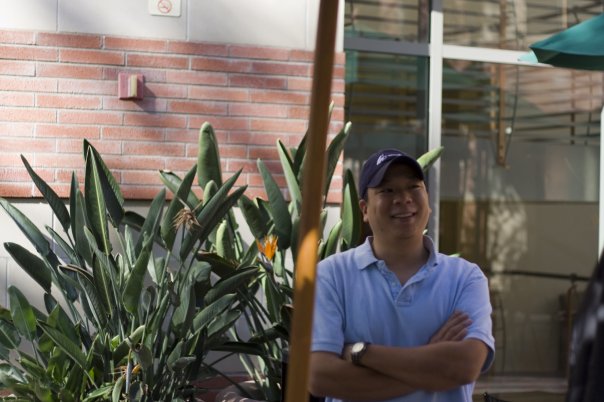I fall into the category of PCDIYers that started young, took 4 years off from building, then came back to relearn how to ride the PCDIY bike. Since coming back to PCDIY, I’ve had the esteemed privilege of taking care of our Product Marketing for all motherboards in North America.
I guess my story begins with an 8088 that had a 20 megabyte hard drive and played Eye of the Beholder in stunning EGA. But bleep-bloop-bleep is all I got for sound. This was an acceptable experience until my friend got his 386 with Sound Blaster and my mind exploded. Luckily, my parents were fairly accommodating when it came to PC hardware, because it was all deemed to be educational. When we were getting ready to upgrade from my original 8088 to a 486DX-50, I remember asking my dad how large the hard drive would be in the new PC and him responding “they…don’t…even…know…yet”, implying that the size would be exorbitantly large, and beyond my wildest imagination. And it was… at 170 megabytes, which I would eventually DoubleSpace up to 220 megabytes. 170 times 2 is 220 megabytes, right? Down the road, I followed a fairly logical upgrade pattern, moving from 486 to Pentium, then Pentium II and Pentium III, but nothing was more epic than the jump from 8088 to the 486.
I guess I was always “Dennis down the street who knows computers” so it made sense for me to fix PCs to earn beer study materials money during college, which then paved the way for a 5-year career in IT during which time I developed a more than genuine hatred for working inside off-the-shelf PCs. Having thoroughly butchered my hands working inside white box PCs that I swore had SHARPENED edges inside them, I stopped building my own for a good number of years, specifically until I came into the PC Component Industry in a marketing capacity. A really cool part of my job here at ASUS is I have been given the esteemed privilege of building 90%+ of the custom systems we use for shows, which helps keep me on top of my PCDIY game. Part of the joy of building (and rebuilding) is the feeling that each time you finish, you’ve done something a little better than the last time. Whether it’s a new cable management trick, a creative way to mount a self-contained liquid CPU cooler radiator or an experimental case fan cooling strategy, every time I build, it’s a new opportunity to learn.
I’m excited to be part of the PCDIY movement because it represents an opportunity to pass along a lot of the (what not to do) knowledge that I have, along with some best practices too (always ground yourself by touching the PC chassis before touching components!) I’m looking forward to seeing what we come up with.

